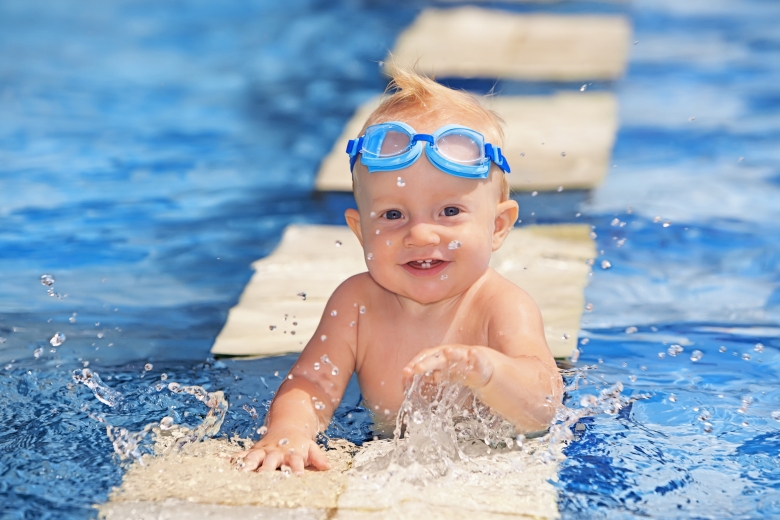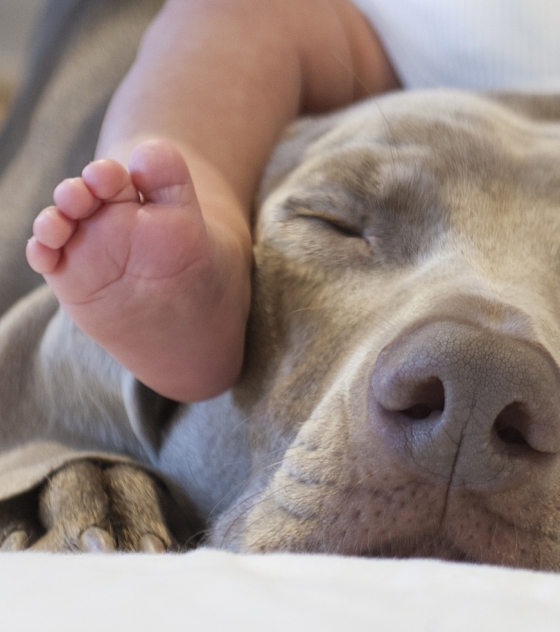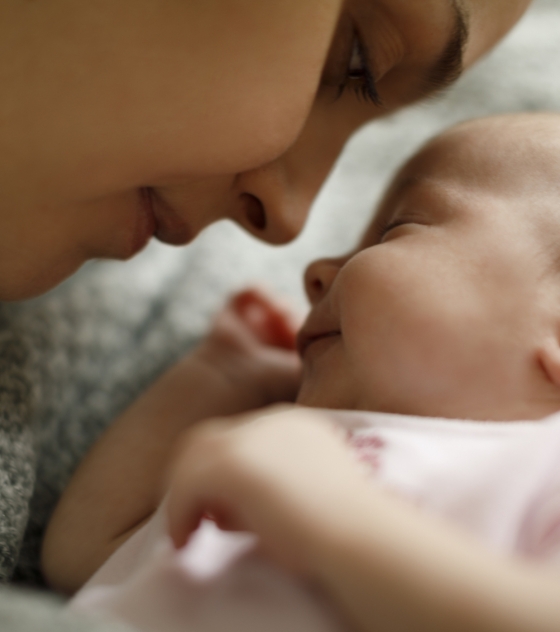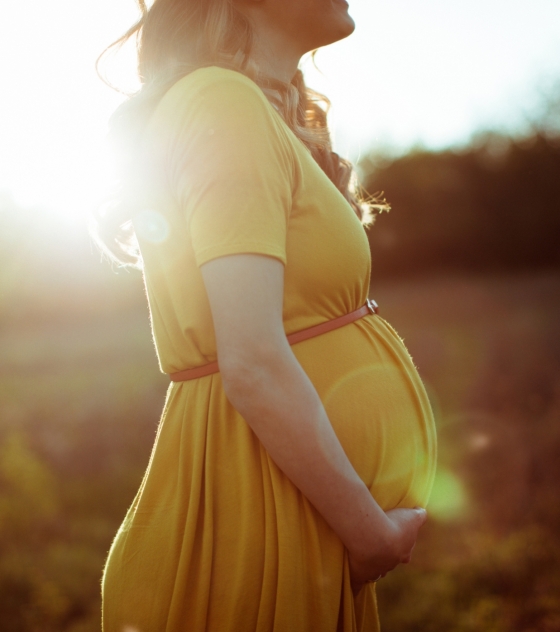BABY IN THE WATER!
Is it important to start while they’re young? You’ll probably find yourself asking some of these very common questions when your baby arrives. Which is why we’ve brought you this post, to answer all your questions. So let’s dive straight in!
BABY IN THE WATER!

Baby isn’t going to learn to ‘swim’ in the traditional sense of the word (there’ll be plenty of time for that after they their fourth birthday). At this stage, it’s more about supporting their overall development. Getting them into the water from a very young age is one of the best forms of early stimulation. Parent and baby swimming is the best option because it combines physical exercise with games and fun. Let’s have a look at the benefits!
- Early swimming sessions help baby adapt to water in a natural and comfortable way. Babies generally feel like a fish in water, as the sensations are very similar to being inside the womb.
- This kind of activity reinforces your connection with your baby, and you get to experience something really special. And that’s not all. They’ll also improve their social skills by coming into contact with other children and teachers outside the family.
- Enjoying freedom of movement improves your child’s psychomotricity, their ability to coordinate their movements and their self-confidence. It will help them relax and feel more self-assured.
- Swimming is also good for their cardio-respiratory system as it forces them to put more effort into breathing. Which strengthens their heart and lungs.
- Intellectually speaking, they gain a bigger picture of the world around them, and improve their creativity and ability to play, which will all help their ability to learn in future.
So there are plenty of reasons for families to join the increasingly popular baby-swimming trend. Allow us to explain how everything works... Ready to take notes?
1. Location: baby-swimming classes can’t be held in any old swimming pool - you need to go to a specialist centre where the water is suitable for babies. It should be heated to 32°C to make sure your little one doesn’t get cold, and contain less than 0.6% chlorine.
2. Age: it’s best to start when your little one is 4-6 months old but before they reach 9 months. This period is when their immune system will be sufficiently developed, while they’re more likely to be at ease in water, as they will remember similar sensations from inside the womb. They were so happy floating inside your tummy!
3. Length: it’s best not to spend more than 10 to 15 minutes in the pool with your baby at first. Start gradually, then extend your dips. Even when they get used to things, it’s best not to stay in for longer than 30-45 minutes. You should also try to avoid midday or times when your baby will be sleepy or hungry. It should be a pleasurable experience for you both. So if they cry or feel cold, it’s best to return to the changing room. Don’t pressure your baby to stay in the pool.
4. Exercises: stay calm at all times to ensure that your baby doesn’t start to be frightened of water and to make sure they have a relaxing experience. Play gently together. You can use coloured balls to encourage them to move about, even while in your arms. You can also help them to float on their back supported on your body, or to simply splash around. Support them under their arms and make sure they can see your face as you allow them to move their legs and feet at will. Try to maintain eye contact and talk gently. It’s a lovely moment!
5. Preparation: get baby ready by practicing during bath time at home. Allow them to play with their bath toys and splash their face a little to help them get familiar with the sensation before trying it out in the pool. You can also take the same bath toys to the pool so that your baby associates water with having a good time (don’t leave their favourite toy behind)!
6. Getting in and out: make these changes gradually, start by gently wetting their feet, legs and arms with your hands. This helps avoid extreme changes in temperature. Then slowly submerge baby in the pool, while supporting them under their armpits or holding them around their chest. Dry them off quickly with a towel or bathrobe after your session, so that they don’t get cold. It’s a good idea to feed baby when you’re both showered and dressed - they’re probably hungry after all that exercise. So don’t forget to take a bottle if you need one!
And last but not least... What does baby need to wear? It’s best to use a swimming nappy. They come in plenty of fun designs, can be disposable or washable, and are perfect for avoiding leaks or dreaded accidents. Just slip one on and focus on the fun!




